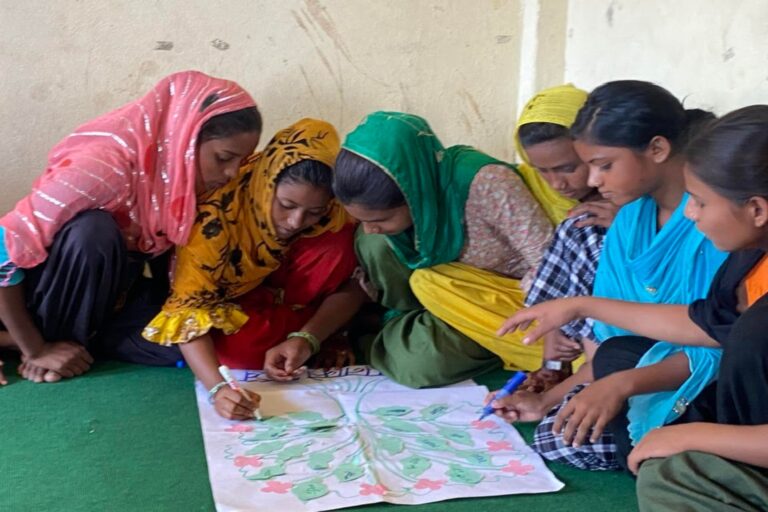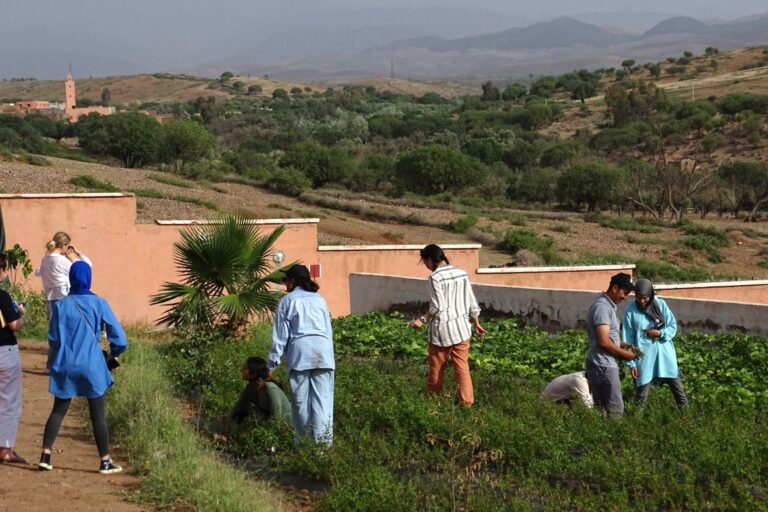By Dr. John Olushola Magbadelo
The continued destruction of the global environment by human activities in reckless pursuit of developmental objectives has manifested over the years in many forms of natural disasters: severe flooding, famine, deforestation, earthquakes, depletion of the ozone layers, global warming, and many other related social and economic adversities. In a bid to curb carbon emissions from the technological and chemical processes of development in developed and developing countries, world leaders have – through multilateral and bilateral fora at different times – sought ways of initiating and adopting resolutions, conventions, and agreements that would guide policies on the management and protection of the environment from governments of both developed and developing countries of the world. A series of conventions have emerged since the 1992 United Nations Conference on Environment and Development (UNCED) held in Rio de Janeiro where “sustainable development” was formally adopted as the intergovernmental policy response to solving global environmental problems, as evident in Agenda 21 of the UN document.
This book under review is an explicit treatise on the political economy perspective on the management and protection of the global environment. This book captures new thinking on the management of the environment which links the government, the people, and the market or business systems with the environment. Such thinking is expanding the frontiers of policy instruments for the protection of the environment through the participation of multiple actors in environmental protection and economic development. The key message of The Political Economy of Sustainable Development is that in meeting the developmental needs of the present, the ability of future generations in meeting their own developmental needs should not be compromised. Thus, in driving home the import of this perspective, the book critically examines the policy instruments and some market-based mechanisms designed for the protection of the atmosphere, combating deforestation, and for the conservation of biological diversity.
In the introductory pages of the book, the authors provide a brief historical discourse on the evolution and usefulness of the concept of “sustainable development” and its application to the problems of the environment in the global context, while subsequently highlighting the theoretical and methodological approaches to the study of sustainable development. The authors couple their approach with incisive and profound analytical examination of relevant literature which seek to provide answers to two research questions: “What is right and wrong with the policy instruments for sustainable development? What is the best model to advance sustainable development in the programmes identified?”1 Chapter One discusses the United Nations Framework Convention on Climate Change (UNFCCC), Clean Development Mechanism (CDM), and the mechanisms for reducing emissions from forest degradation due to deforestation. It also examines the role of conservation, sustainable management of forests and enhancement of forest carbon stocks in developing countries (REDD+).2
Chapter Two examines the effectiveness of the Forest Stewardship Council (FSC) and the Programme for the Endorsement of Forest Certification (PEFC) as mechanisms for combating deforestation3. Chapter Three assesses the Forest Law Enforcement, Governance and Trade (FLEGT) which is the EU- initiated policy instrument for halting illegal logging with the ultimate objective of combating deforestation4. Chapter Four scrutinizes the Convention on Biological Diversity (CBD), Payments for Ecosystem Services (PES) and Biodiversity Offset Mechanism (BOM) with a view to establishing whether or not these policy instruments could help with the conservation of biological diversity and prevent the destruction of the ecosystems.5 Chapter Five comparatively analyzes the data collected from respondents on sundry issues bordering on the quality of governance by mechanism and sector or region, the necessity of changing the economic system, the increasing role of business in implementing sustainable development, the importance of green economy, and the changing nature of North/South dynamics in the discourses on environment, among others.6 In the concluding section of the book, the authors justify their political economy perspective as being in accordance with current realities in which private actors play increasingly significant roles in global environmental politics.7 The book ends with six recommendations which are derivatives of the authors’ findings from their empirical survey research, on which the book’s theoretical exposition is based8.
The obvious strength of this book is in its appraisal of the currency and, indeed, the relevance of the authors’ political economy perspective on the problems of environmental protection and economic development at the local, national, and global levels. Through the utilization of a case studies approach, the authors effectively investigated the research questions using three parameters to assess the success or failure of all the policy instruments. The parameters are” “the sources and means of delivery of finance; the North/South divide and state and non-state actors; and the governance quality of sustainable development.”9 This case studies approach runs through the main body of the book, thereby ensuring uniformity and consistency. By sampling and analyzing the varying opinions of respondents drawn from developed, developing, and underdeveloped countries the authors help greatly in presenting the varying ideological prisms and contrarieties in perspectives among global environmental actors. Thus, the authors appear to have in a way exposed the difficulty of consensus-building on policy instruments among these diverse and multiple environmental actors that they sampled.
One weakness of this book is that the authors’ objective of amplifying the importance of market-based mechanisms and private actors’ participation in environmental protection is not explicit in the book and, in particular, in the six recommendations they highlighted at the end of the book. Nowhere in the book was the private sector’s environmental governance structure presented as an autonomous entity that could carry out independent interventionist actions in protecting the environment; rather, a premium is placed on governments and their agencies’ driving roles in multi-stakeholders’ platforms. In these sorts of platforms, in the words of the authors, “the government is merely another interest group, albeit a powerful one.”10
Dr. John Olushola Magbadelo is the Director for Research at the Centre for African & Asian Studies, Abuja, Nigeria. He holds a doctorate in Political Science from the Usumanu Danfodiyo University, Sokoto. Preceding his current engagement, he had served as a Research Fellow at the Centre for Democratic Studies (The Presidency), and was a visiting scholar at Keio University, Tokyo, Japan and at the Institute for Far-Eastern Studies, Kyungnam University, Seoul, South Korea.
________________________________________________________________________________
[1] “Introduction: The Political Economy of Sustainable Development,” in The Political Economy of Sustainable Development: Policy Instruments and Market Mechanisms, by Timothy Cadman, Lauren Eastwood, Federico Lopez-Casero Michaelis, Tek N. Maraseni, Jamie Pittock, and Tapan Sarker (Cheltenham, UK: Edward Elgar Publishing, 2015), 1-19.
[2] “Chapter 1: Protection of the Atmosphere – CDM and REDD+,” in The Political Economy of Sustainable Development, by Cadman, et al., 21-67.
[3] “Chapter 2: Combating Deforestation I – FSC and PEFC,” in The Political Economy of Sustainable Development, by Cadman, et al., 68-106.
[4] “Chapter 3: Combating Deforestation II – FLEGT,” in The Political Economy of Sustainable Development, by Cadman, et al., 107-133.
[5] “Chapter 4: Conservation of Biological Diversity – PES and BOM,” in The Political Economy of Sustainable Development, by Cadman, et al., 134-166.
[6] “Chapter 5: Comparative Analysis,” in The Political Economy of Sustainable Development, by Cadman, et al., 167-192.
[7] “Conclusion,” in The Political Economy of Sustainable Development, by Cadman, et al., 193-205.
[8] “Recommendations,” in The Political Economy of Sustainable Development, by Cadman, et al., 206-211.
[9] Cadman, et al., The Political Economy of Sustainable Development, 32-56.
[10] Ibid., 194.



